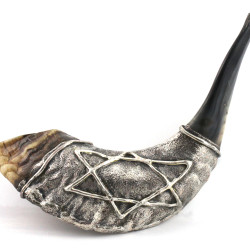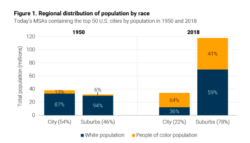Following the death of George Floyd and the subsequent protests, the number of diversity-related jobs increased significantly as organizations worked to address issues that could no longer be ignored. Diversity, equity, and inclusion (DEI) became more important as organizations launched initiatives focusing on making meaningful change. While some organizations simply increased their diversity efforts, others created new positions focused on diversity. These positions ranged from entry-level jobs to executive-level positions and spanned all types of organizations including academia. Indeed.com reported that diversity, inclusion, and belonging (DI&B) job postings increased by 123% between May and September of 2020.
Continue reading Trends in Diversity, Equity, Inclusion, and Belonging – by Gail Dawson

 Silver Ambassador for Culture
Silver Ambassador for Culture Some people are reared in a strong religious tradition. Others with none.
Some people are reared in a strong religious tradition. Others with none.
